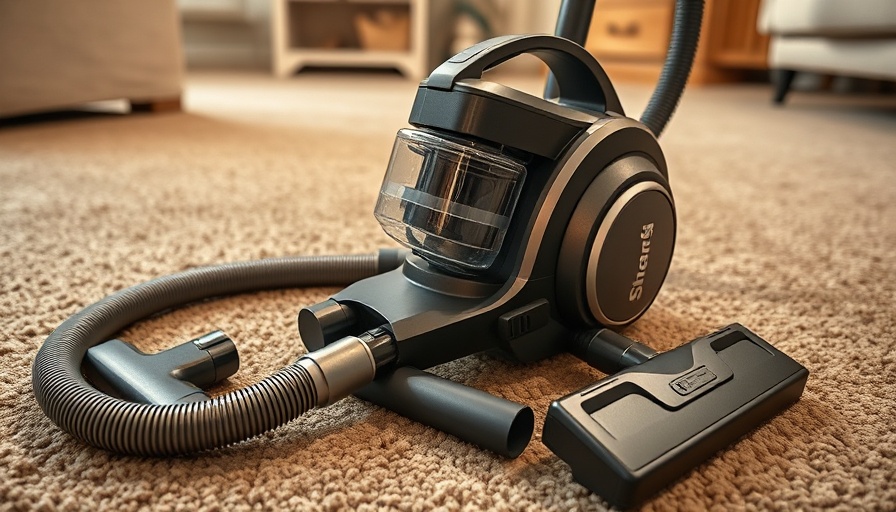
Maximize Your Shark Vacuum's Performance: A Cleaning Guide
Cleaning your Shark vacuum is not just a chore; it’s a necessary ritual for maintaining its suction power and longevity. Over time, dirt and debris can accumulate, leading to less effective performance and, frankly, a less pleasant odor. By implementing regular cleaning, you’ll ensure that your vacuum cleaner remains at the top of its game. Here’s a comprehensive guide to cleaning your Shark vacuum that promises both ease and effectiveness.
Why Regular Maintenance is Essential
A tidy vacuum leads to a tidy home. Just like any appliance, regular maintenance of your Shark vacuum can significantly extend its lifespan. According to Shark’s guidelines, users should clean their vacuum whenever it approaches half-full or when the filters appear dirty. This helps retain the vacuum's powerful suction capabilities.
What You Need to Get Started
Before diving into the cleaning process, gather your materials. You’ll need: microfiber cloths, a larger bowl or sink, a trash can, a soft-bristled nylon brush, gloves to protect your hands, a drying rack, and a seam ripper or scissors.
Step-by-Step Cleaning Instructions
The cleaning process involves several key steps, each important to ensure your Shark vacuum operates effectively:
- Step 1: Safety First - Unplug the vacuum from the electrical outlet to prevent any accidents.
- Step 2: Clean the Roller Brush - Detach the roller brush by pressing a release button and remove any tangled hair or debris using scissors or a soft brush.
- Step 3: Clean the Dust Collection Cup - Empty the dust cup into the trash and clean it thoroughly to keep your vacuum odor-free.
The Unique Benefits of Knowing How to Clean Your Vacuum
Understanding how to clean your vacuum not only prevents reduced efficiency but also enhances your home environment. A clean vacuum means a cleaner home! Throughout the increasingly busy lives we lead, maintaining a useful tool like your Shark vacuum can save time and reduce upcoming repair costs.
Take Action: Don’t Wait to Clean!
Regular cleaning of your Shark vacuum will not only help maintain its performance but also ensure the air quality in your home remains fresh. Make it a habit to check your vacuum regularly, and you’ll be rewarded with a cleaner living space and a reliable cleaning tool. Roll up your sleeves and get started!
 Add Row
Add Row  Add
Add 




Write A Comment